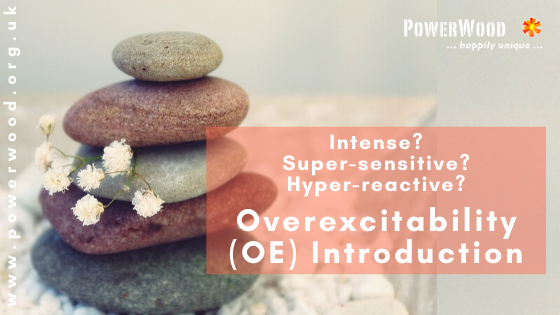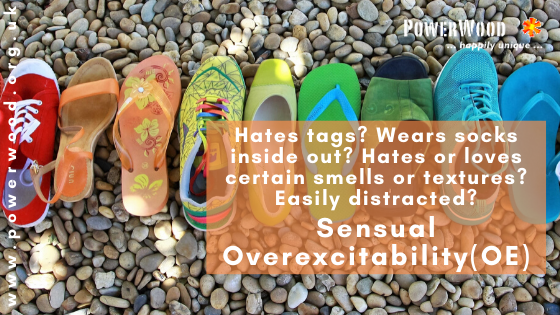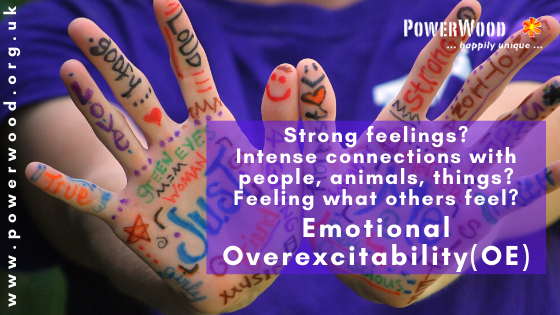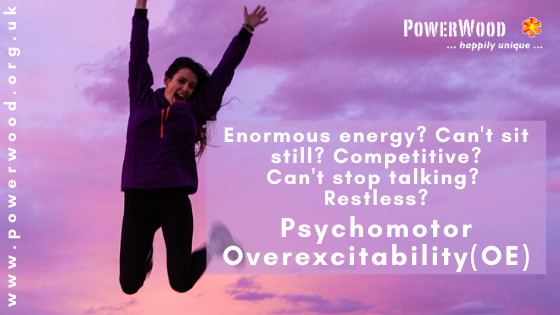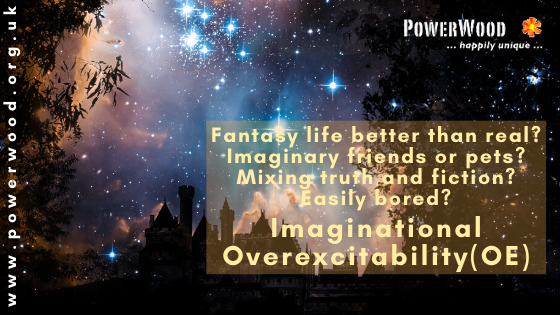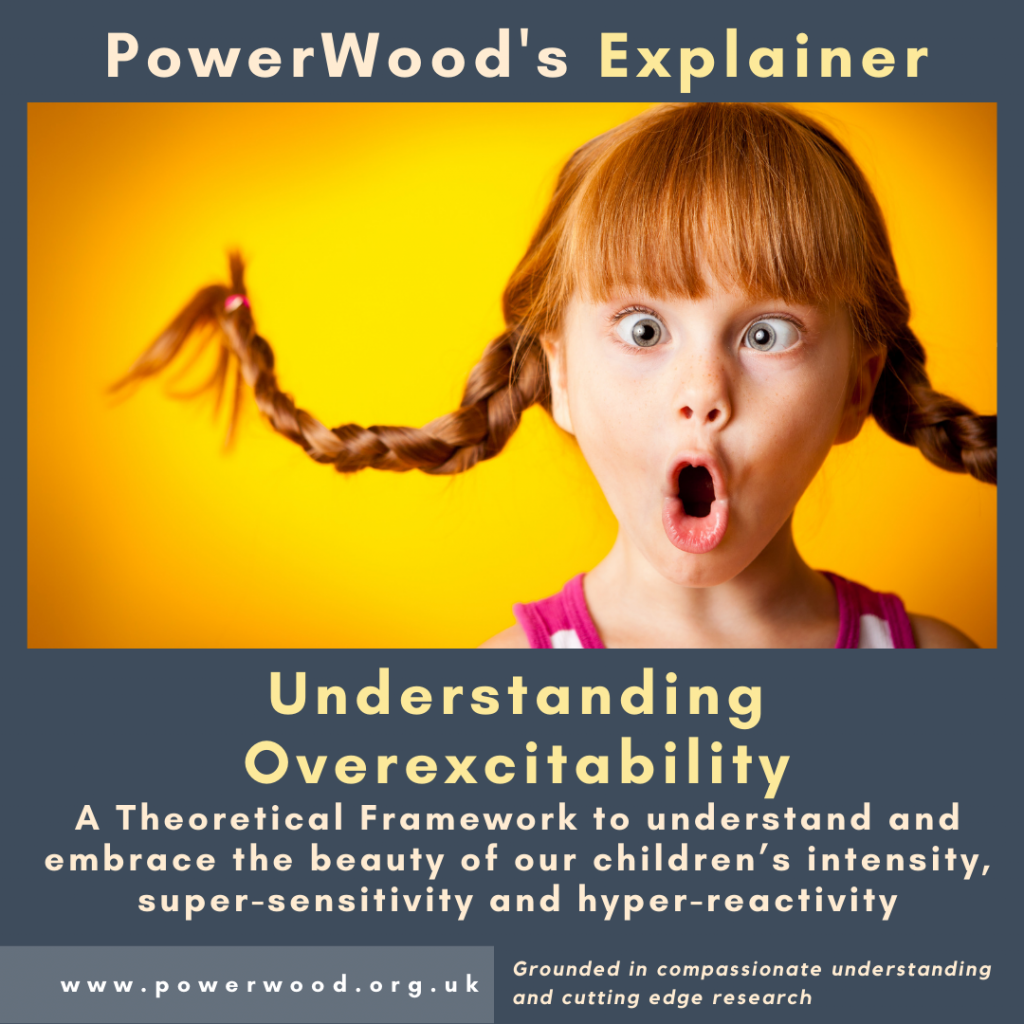
Overexcitability a strength
Overexcitability’ (OE) Is the term coined by Kazimierz Dabrowski (1902-1980), a Polish psychologist and psychiatrist who moved to the USA after the Second World War. Dabrowski developed a deep lived through, meaningful and well founded perspective and theory: Theory of Positive Disintegration (TPD), that is seen as the driving force in the social and emotional area of giftedness (Mendaglio, 2008). The combined traits of intensity, (hyper) sensitivity and ‘super stimulatability’ Dabrowski referred to as Overexcitability (OE) ; an innate ability to react more strongly to sensory stimuli.
“Children with OE’s might be seen as over-sensitive, and can easily become over-whelmed and over-excited. They may be nervous or shy, or they may show strong emotional reactions,” explains Simone. “Their behaviour may be inappropriate or challenging and they are frequently misunderstood which is why they often feel out of place.”
OE manifests as increased sensitivity, awareness and intensity, and makes a real difference to how life is experienced. Children and adults who have OE experience the world as deeper and more vivid, acutely sensed, complex and richly textured. This positive personality trait might come with the deep urge to make the world a better place for everyone.
Five areas of Overexcitability
A good start to understanding overexcitability is the Introduction to Overexcitability
Dabrowski identified five areas of intensity: Psychomotor, Sensual, Intellectual,Imaginational and Emotional. You can read more about each OE, how they are expressed and how they might influence you or your child’s experiences and behaviour by clicking on the appropriate link. A person may possess aspects of one or more of these. It is not so much about ticking all the boxes but about how intensely they are experienced by you or your child.
You might also want to download PowerWoods ‘Exploring Overexcitability’ eBook:

